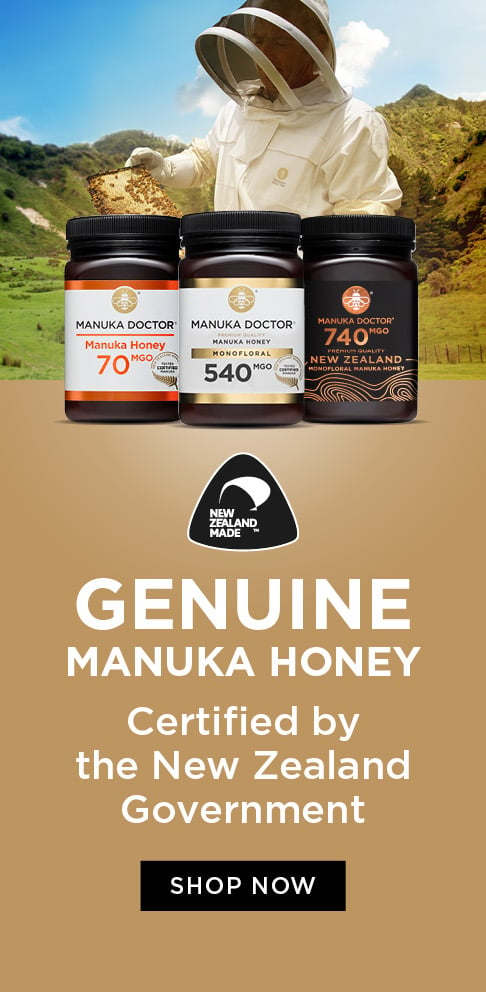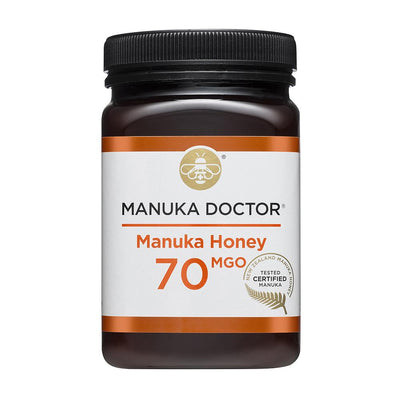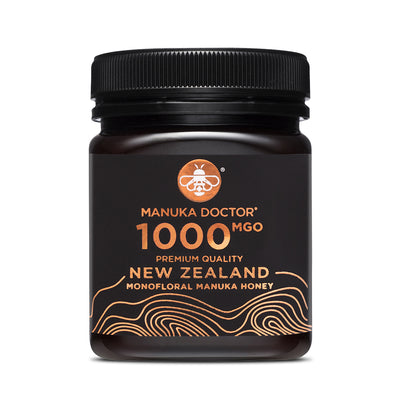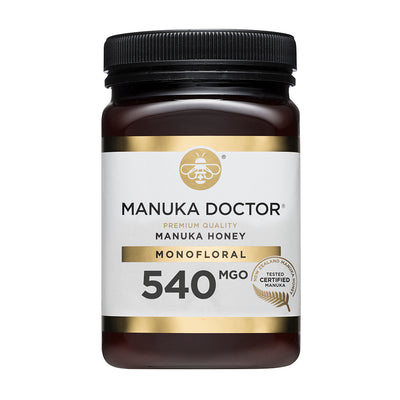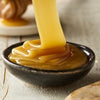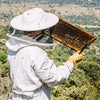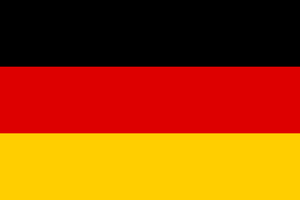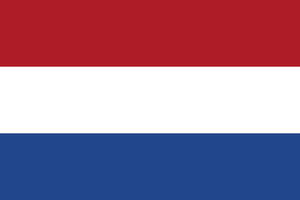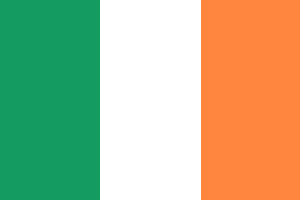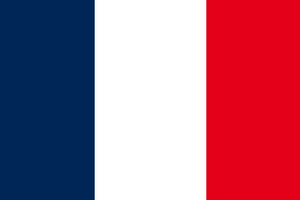Here at Manuka Doctor, we receive a lot of questions about bee welfare, asking how we look after our most important employees over in New Zealand – our honeybees.
It’s brilliant to see people doing their research before they purchase Manuka honey, and we are pleased to answer some of the most common questions about our bee keeping practices and policies here.

1. Are your bees wild? Or do you own them?
When we explain to people that we own our own bees, some have visions of a gigantic polytunnel with bees inside. Thankfully this couldn’t be further from the truth. One of our most important teams over in New Zealand are our bee-keepers. They spend their days travelling around the country on a rotation, checking our hives and the health of our broods. What makes Manuka Doctor unique is that we own much of the wild land where our bees roam. Because we own the land we can ensure it’s free from pollutants and is full of blossoming Manuka Bushes for our bees to visit. So while they are “our bees”, we let them do what they’d do if none of us were even on the planet to witness.
2. How many hives does Manuka Doctor own?
Currently our bee-keeping team manages 10,000 beehives over New Zealand’s North and South island, each hive is home to upto 60,000 bees. The job isn’t easy – one beehive needs at least four acres of flowering plants to feed on, so all the company’s hives are carefully spaced across hundreds of thousands of acres of rugged New Zealand countryside. Some are in locations so remote there is no road access and the only way beekeepers can reach them is to get out of their 4x4 trucks and hike. The team are constantly on the move from one site to the next, with each pair of bee keepers checking up to 150 hives every day. If you have ever wondered what the life of a bee keeper is like, meet Sticky and his son Josh, two of our bee keepers whose story you can read about over on this blog here.

3. Isn’t it bad to take honey from a bee-hive? Don’t they need it for food?
We love answering this question as it’s a fantastic bee-fact! Bee’s are one of nature’s over-achievers. They make a lot more honey than they need. When you see a bee hive it is made up of several boxes stacked on top of one another. Put simply, when the brood create more honey, they move up through the boxes. The brood and the Queen live near the bottom, and we always keep them untouched, as they need honey to survive. But when the bees are in full flow and creating honey in the top boxes, this is what we remove to use in our Manuka honey.
4. What do your bees do in Winter?
During New Zealand’s Winter when there is no floral source for the bees to feed on we move many of the hives to a wintering site, in a warmer forest area near to our main Manuka site. The bees will consume their energy dense honey stores, generate heat, and form a tight cluster to keep the colony warm and minimize heat loss. The colder the outside temperature, the tighter the cluster. On milder winter days, honey bees may leave the cluster for a cleansing flight (which essentially means they leave to go to the toilet!). We do not feed the colony sugar in the Winter season, as we ensure that there is enough honey in the hive for them to use as food.

5. How can you be sure your bees visit the Manuka bushes?
Another good question. The answer to which is - we can’t! Our bees are wild animals, free to roam the wild pastures of New Zealand as they wish. A honey bee will fly around 1 mile from their hive. So we give them a helping hand by planting lots of Manuka bushes in our own land. Because the bees enjoy the Manuka bush they don’t need to go very far from the hive to gather pollen and nectar. If there are other floral sources near the hive then the bees’ honey may be made up of Manuka and some other floral pollens. This is why all Manuka Doctor honey is tested five times before it is sold in the UK. Manuka can either be classified as Multifloral Manuka (where Manuka is the main floral source above all others) or MonoFloral Manuka (where the level of Manuka in the honey is higher). We have written a separate blog about this so you can read about the differences in both classifications of Manuka under New Zealand Government Law.


